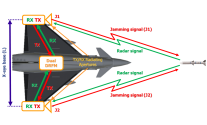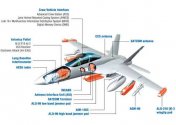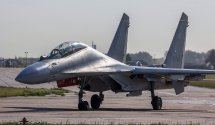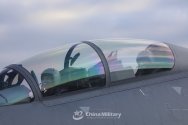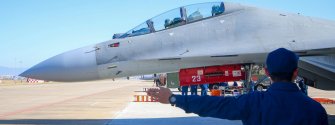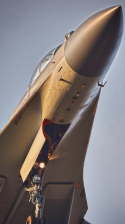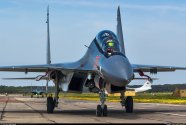Yes, however those aircraft are not dedicated jammer aircraft like J-16D or EA-18G.
Obviously many small sized jamming pods exist -- and those pods possess both a ESM function and a jamming function. However, those pods are typically equipped aboard regular fighter or strike aircraft where it is intended as their podded self protection jamming capability -- not for dedicated tactical jammers, where such pods would be far too small to fulfill both a passive and an active function.
The whole point of a dedicated tactical jammer is to equip it with the ability to do more than a typical fighter aircraft equipped with a jamming suite can do.
This is primarily via having a much more capable and much more extensive integrated ESM/ELINT suite, and a much more powerful ECM/jamming capability.
For virtually all tactical jammers, the ESM/ELINT capability is either integrated as part of the aircraft (as part of its structure) or very closely integrated with the aircraft (as pods that are rarely unequipped), or both.
The ECM/jamming capability is often via dedicated, but removable large size jamming pods that are removable and able to be tailored to the threat (legacy pods for the US being ALQ-99, but more recently being the NGJ pods that are being developed across multiple bands). In some aircraft like the EF-111, the jamming function is somewhat integrated with the airframe itself, which is often a limitation for tactical jammers because it doesn't allow you to upgrade your jamming capability as the threat evolves.
So I highly doubt the wingtip pods on J-16D serve an active ECM/jamming role, and instead I expect it to be dedicated for the passive ESM/ELINT role, given the status of the aircraft as a dedicated tactical jammer rather than just any other ordinary fighter aircraft equipped with some self protection jamming pods.
The active ECM/jamming capability of the aircraft I expect to lie mostly in the form of podded systems (which we have yet to see on J-16D), and possibly supported by its main radar as well.
If the wingtip pods did possess an active jamming function it would be very confusing and somewhat counterintuitive to the aircraft's role.
Really I'm surprised you would consider the configuration and the wingtip pods of the J-16D to be designed in such a roundabout manner, when the whole configuration of the aircraft, it's removed gun, it's extra added antennae, it's wingtip pods -- are all logically consistent and near identical in nature to the differences between EA-18G and F/A-18F.
And that is entirely expected, because as tactical jammer aircraft based off multirole strike fighters, you would expect similar solutions to be reached for configuring them in the EA/EW role.
View attachment 77389

